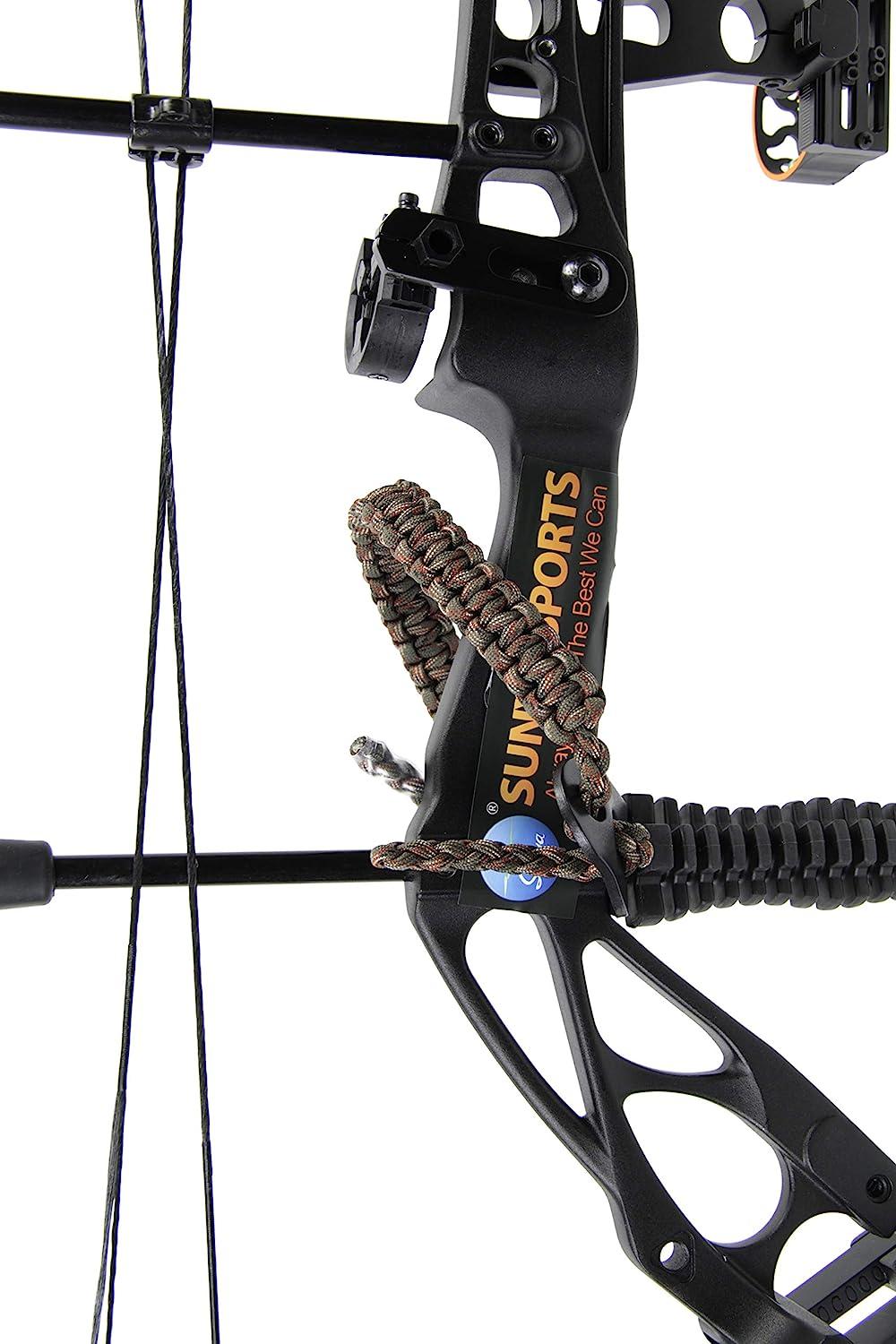Maximize Your Archery Accuracy With These Bow Stabilizer Strategies
One vital aspect that can significantly impact your efficiency is the correct use of bow stabilizers. Whether you are an experienced archer looking to refine your abilities or a novice excited to boost your precision, mastering these bow stabilizer techniques can be the secret to hitting your mark with unparalleled uniformity.
Benefits of Using Bow Stabilizers
Using bow stabilizers can substantially enhance an archer's precision and total efficiency by decreasing bow torque and vibration. In addition, bow stabilizers dampen vibration, which not just improves the comfort of capturing but likewise protects against the bow from jumping upon launch, hence aiding in preserving correct aim.
In addition, bow stabilizers can assist in holding the bow consistent, specifically during windy problems or when firing from longer ranges. The added weight at the front of the bow offers security and balance, allowing the archer to focus on aiming without the disturbance of bow motion. On the whole, the advantages of using bow stabilizers prolong past simply precision, boosting the archer's experience and performance in various shooting situations.
Choosing the Right Bow Stabilizer
Picking the appropriate bow stabilizer is important for maximizing your archery tools and boosting shooting efficiency. When choosing a bow stabilizer, there are several elements to think about to ensure you discover the ideal suitable for your demands. Take into consideration the weight of the stabilizer. Larger stabilizers can help in reducing bow torque and take in even more vibration, causing a steadier goal. Nevertheless, lighter stabilizers use more maneuverability, which can be helpful in particular shooting scenarios.

Finally, take into consideration the design of the stabilizer. Some stabilizers include flexible weights or dampeners that allow you to personalize the equilibrium and feel of your bow. Inevitably, selecting the ideal bow stabilizer involves finding an equilibrium in between weight, product, length, and style to enhance your shooting precision and total performance.
Correct Installment Techniques
To make sure ideal efficiency and security in archery, grasping appropriate installation techniques for your bow stabilizer is important. The very first step in installing a bow stabilizer is to identify the correct positioning on your bow.
Following, safely connect the stabilizer to the bow using the ideal installing hardware. Some stabilizers come with flexible weights that can be added or removed to make improvements the equilibrium of your bow.

Readjusting Stabilizer Weight and Length
After making sure the correct installation of your bow stabilizer, the following action entails adjusting the weight and length to enhance its efficiency in boosting archery precision. The weight of the stabilizer plays an essential function in lessening bow activity throughout the shot cycle. Adding weight to the stabilizer can aid wet resonances and improve stability, resulting in more constant and precise shots. On the various other hand, reducing the weight can increase maneuverability, which is useful for circumstances needing view publisher site quick target purchase.
A longer stabilizer can provide better stability by increasing the range between the bow and the weight at the end of the stabilizer. Conversely, a much shorter stabilizer provides more ability to move and may be preferred by archers that value dexterity and quick activities during capturing.
Advanced Stabilizer Tuning Tips
Achieving ideal bow security and accuracy in archery demands a nuanced technique to innovative stabilizer tuning. Advanced stabilizer tuning includes fine-tuning numerous components to improve the bow's equilibrium, lower vibration, and boost overall precision.
One more vital facet of innovative stabilizer adjusting is enhancing the damping homes of the stabilizer system. Checking out different materials for the stabilizer building and construction, such as carbon fiber or light weight aluminum, can additionally affect the bow's performance by altering its weight circulation and tightness.
Final Thought
To conclude, taking full advantage of archery accuracy can be achieved via the proper option, installment, and modification of bow stabilizers. By understanding the advantages of utilizing stabilizers, choosing the right one, and adjust its weight and length, archers can enhance their capturing precision. Using sophisticated adjusting strategies can additionally improve security and consistency in arrowhead flight. Overall, including bow stabilizers into archery technique can cause improved efficiency and increased precision.
Using bow stabilizers can significantly improve an archer's precision and overall efficiency by minimizing bow torque and vibration. Longer stabilizers give greater security and equilibrium, especially for long-distance capturing, while much shorter stabilizers offer more flexibility and are easier to navigate in limited rooms (bow stabilizer). Carbon fiber stabilizers are lightweight and long lasting, while aluminum stabilizers are durable and give excellent vibration moistening
A longer stabilizer can give greater security by enhancing the distance in view between the bow and the weight at the end of the stabilizer.An additional important aspect of advanced stabilizer tuning is enhancing the damping properties of the stabilizer system.